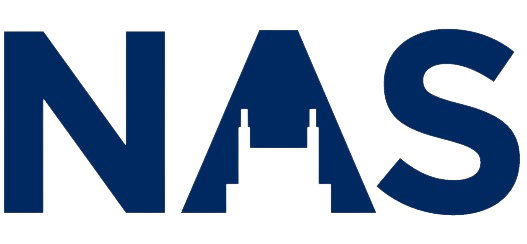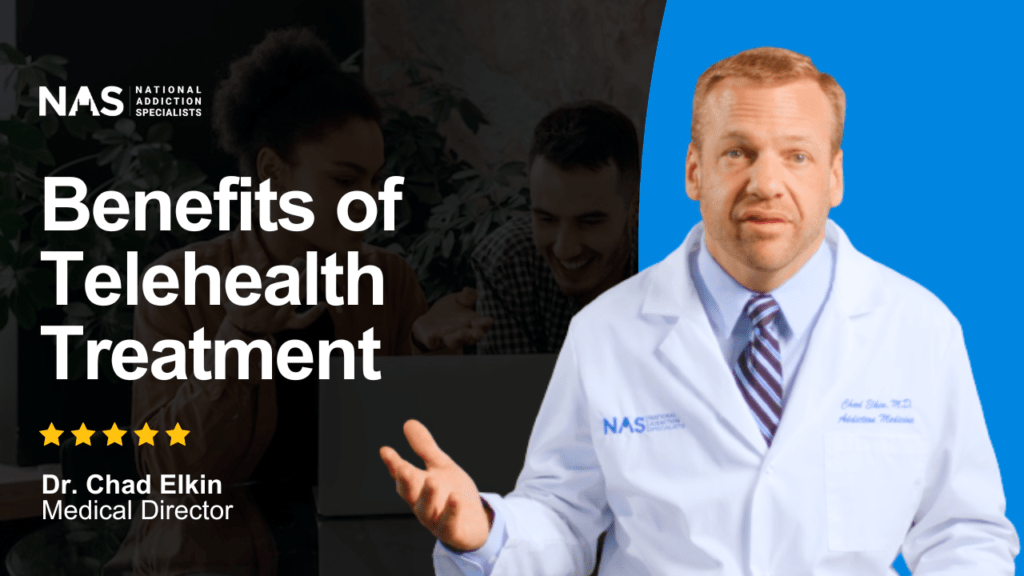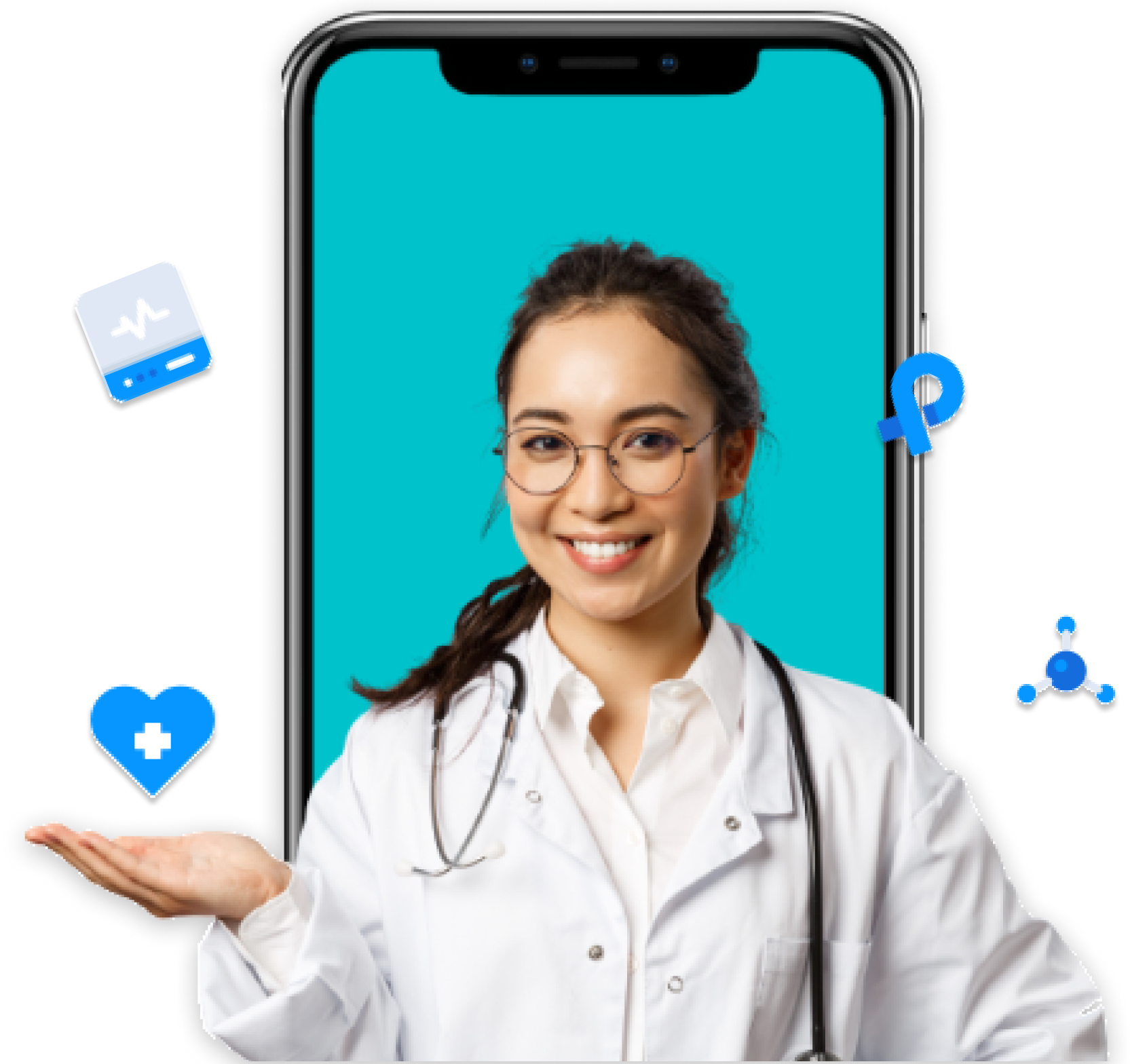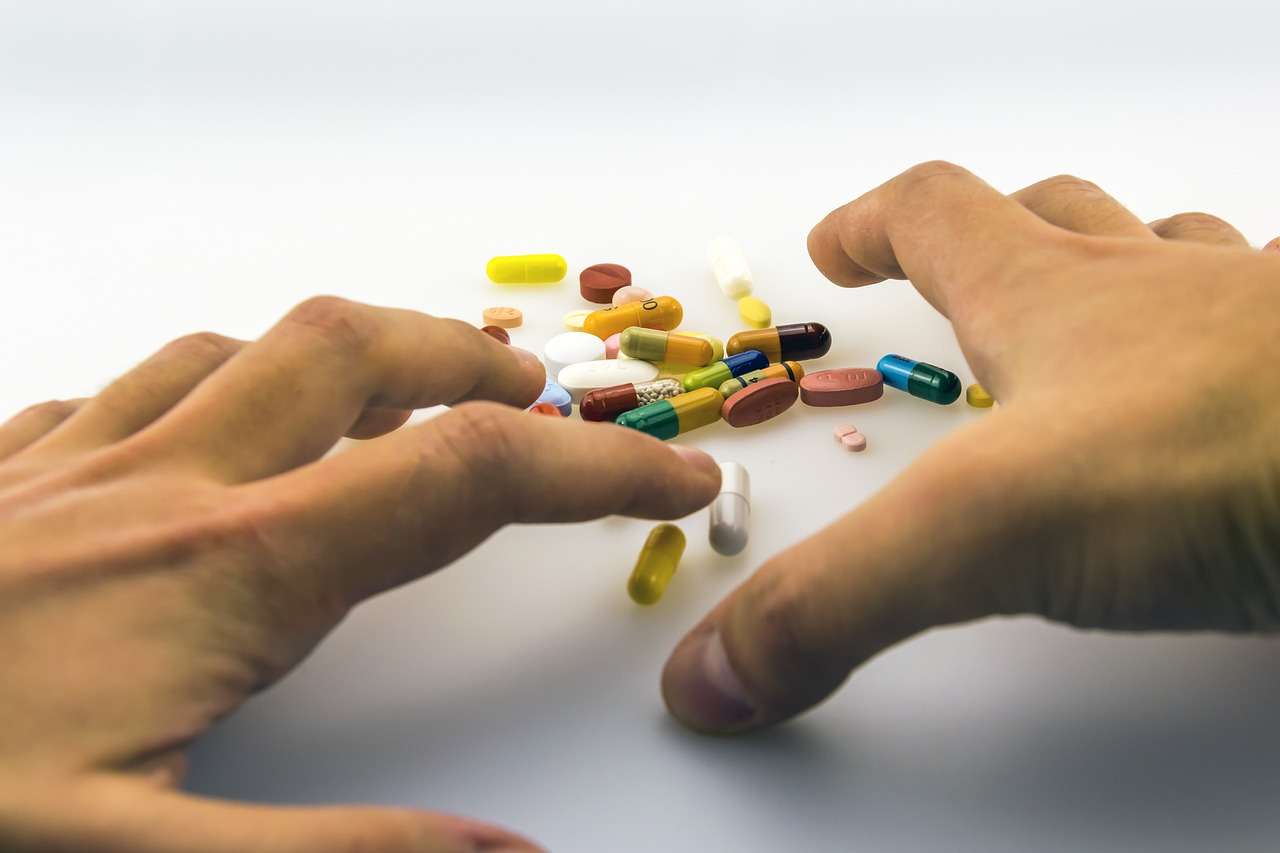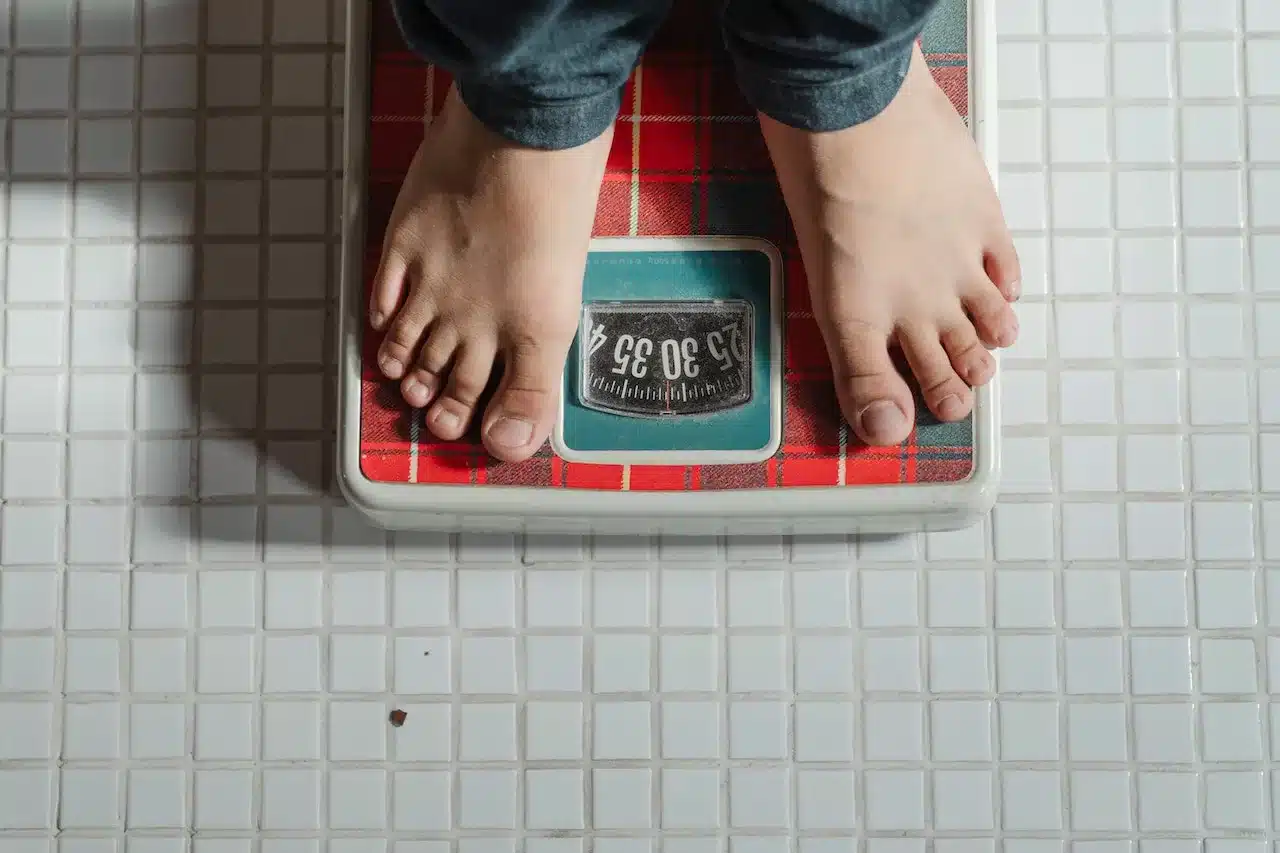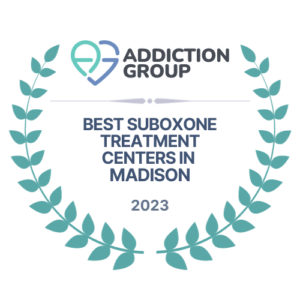In today’s fast-paced world, the prevalence of substance addiction continues to rise, leaving countless individuals and families grappling with its devastating consequences. As the fight against addiction intensifies, medication-assisted treatment (MAT) emerges as a powerful weapon, offering hope and a chance at recovery for those struggling with substance use disorders.
As addiction rates continue to climb, it becomes increasingly vital to understand and promote the use of evidence-based treatment options, such as MAT. This approach combines the use of FDA-approved medications with counseling and behavioral therapy, providing comprehensive and effective solutions for those battling addiction. We can break the stigma surrounding addiction treatment and empower individuals to seek the help they need by gaining a deeper understanding of MAT.
In this article, we will delve into the intricacies of how medication assisted treatment works to combat addiction by examining its mechanisms, benefits, and the types of medications used. By shedding light on this powerful and evidence-based approach, we aim to empower individuals, families, and healthcare professionals to make informed decisions about addiction treatment and recovery.


If you or someone you know is struggling with addiction, don’t wait to seek help.
Book an appointment with our medication-assisted treatment program today.
Understanding Addiction
Before diving into the intricacies of medication assisted treatment, it’s crucial to establish a solid foundation of what addiction entails.
What is Addiction?
Addiction is a chronic brain disorder characterized by a compulsion to seek and use substances, despite the harmful consequences. It often leads to changes in brain structure and function, making it difficult for individuals to quit using drugs or alcohol. The development of addiction is influenced by a combination of genetic, environmental, and psychological factors, making it a multifaceted and challenging issue to address.
Common Substances Associated With Addiction
Various substances can lead to addiction, and some of the most common include:
- Alcohol
- Tobacco (nicotine)
- Opioids (e.g., prescription painkillers, heroin)
- Stimulants (e.g., cocaine, methamphetamine)
- Cannabis (marijuana)
- Sedatives, hypnotics, or anxiolytics (e.g., benzodiazepines, barbiturates)
The Impact of Addiction on Individuals, Families, and Society
Addiction takes a heavy toll on those directly and indirectly affected by it. For individuals, it can lead to severe physical and mental health problems, decreased quality of life, and even premature death. Families often endure emotional and financial strain, while society as a whole grapples with increased healthcare costs, lost productivity, and heightened crime rates. The far-reaching consequences of addiction underscore the urgent need for effective prevention and treatment strategies.
Factors Contributing to Addiction
Understanding the factors that contribute to addiction is crucial in developing targeted prevention and treatment approaches. While the specific causes of addiction may vary from person to person, there are three primary factors that often play a significant role:
1. Genetic Predisposition
Genetics can account for about 40-60% of an individual’s vulnerability to addiction. This means that if a person has a family history of addiction, they may be at a higher risk of developing a substance use disorder themselves. However, genetics alone cannot determine whether someone will become addicted; other factors also come into play.
2. Environmental Factors
A person’s environment can significantly influence their susceptibility to addiction. Factors such as peer pressure, family dynamics, exposure to drugs or alcohol, socioeconomic status, and early life experiences can all contribute to an individual’s likelihood of developing an addiction. Addressing these environmental factors is essential in reducing the risk of substance use disorders.
3. Mental Health Issues
There is a strong correlation between mental health disorders and addiction. Conditions such as depression, anxiety, bipolar disorder, and post-traumatic stress disorder (PTSD) can make individuals more susceptible to substance abuse as a means of self-medicating or coping with their emotional pain. Providing effective mental health treatment and support is a vital component of addiction prevention and recovery.
What is Medication-Assisted Treatment (MAT)?
With a solid understanding of addiction established, we can now explore the transformative power of medication-assisted treatment (MAT) in helping individuals overcome substance use disorders.
Definition and History of MAT
Medication-assisted treatment (MAT) is an evidence-based approach that combines the use of FDA-approved medications with counseling and behavioral therapy to treat substance use disorders. This integrated approach addresses the multiple facets of addiction, including the physical, mental, and emotional aspects. Historically, MAT has been used since the 1960s, with methadone being one of the first medications employed to treat opioid addiction. Over time, more medications have been developed and approved for use in MAT, expanding its application and effectiveness.
Goals of MAT
The primary goals of medication-assisted treatment focus on providing support and relief to individuals in their journey to overcome addiction. These goals include:
- Reducing withdrawal symptoms – MAT medications help alleviate the often painful and uncomfortable withdrawal symptoms, making it more manageable for individuals to stop using substances.
- Preventing relapse – MAT helps individuals resist the urge to use substances by reducing cravings and stabilizing brain chemistry, thereby lowering the risk of relapse.
- Supporting long-term recovery – MAT, combined with counseling and behavioral therapy, addresses the underlying issues and triggers of addiction, empowering individuals to maintain their sobriety and achieve lasting recovery.
How MAT Works in Conjunction With Other Treatment Methods
A comprehensive approach to addiction treatment is necessary to address the multifaceted nature of substance use disorders effectively. MAT, when integrated with other treatment methods, offers a holistic and supportive path to recovery:
- Counseling – Counseling plays a crucial role in helping individuals understand the root causes of their addiction, identify triggers, and develop healthy coping mechanisms. It provides emotional support and guidance throughout the recovery process.
- Behavioral therapy – Various types of behavioral therapies, such as cognitive-behavioral therapy (CBT) and dialectical behavior therapy (DBT), help individuals change their thought patterns and behaviors related to substance use. These therapies can enhance motivation, build self-esteem, and improve emotional regulation.
- Support groups – Participating in support groups, such as Alcoholics Anonymous (AA) or Narcotics Anonymous (NA), can provide individuals with a sense of community, encouragement, and accountability, making it easier for them to maintain their sobriety.
Medication assisted treatment is an integral component of a comprehensive addiction treatment plan. By combining the use of medications with counseling, behavioral therapy, and support groups, MAT offers a powerful and effective approach to help individuals overcome addiction and achieve long-term recovery.


Types of Medication Used in MAT
An essential aspect of medication-assisted treatment is the use of FDA-approved medications designed to target specific types of addiction.
Opioid Addiction Treatment
Opioid addiction is a prevalent and devastating issue, claiming numerous lives and wreaking havoc on individuals and communities. Fortunately, medication-assisted treatment offers several medications specifically designed to help individuals overcome opioid addiction. These medications include:
- Methadone – A long-acting synthetic opioid agonist, methadone helps to alleviate withdrawal symptoms and reduce cravings by binding to the same opioid receptors in the brain as other opioids, without producing the same euphoric effects.
- Buprenorphine – A partial opioid agonist, buprenorphine binds to opioid receptors to suppress withdrawal symptoms and cravings. It has a “ceiling effect”, meaning that after a certain point, its effects plateau, reducing the risk of misuse and overdose.
- Naltrexone – Unlike methadone and buprenorphine, naltrexone is an opioid antagonist, meaning it blocks the effects of opioids at the receptor level. It helps prevent relapse by eliminating the rewarding effects of opioids if they are used while on naltrexone.
- Suboxone – A combination of buprenorphine and naloxone, Subuxone provides the benefits of buprenorphine while also including naloxone, an opioid antagonist. Naloxone discourages misuse by inducing withdrawal symptoms if Suboxone is misused, such as through injection.
How These Medications Work
The medications used in MAT for opioid addiction treatment function in different ways to alleviate withdrawal symptoms and curb cravings. These medications help to stabilize brain chemistry, reduce discomfort, and lower the risk of relapse by targeting the brain’s opioid receptors.
- Methadone and buprenorphine work as opioid agonists or partial agonists, mimicking the effects of opioids in a controlled manner. They effectively suppress withdrawal symptoms and cravings without producing the euphoria associated with opioid use, making it easier for individuals to focus on their recovery.
- Naltrexone, on the other hand, acts as an opioid antagonist, blocking the rewarding effects of opioids and discouraging their use. Naltrexone helps individuals maintain their sobriety by removing the incentive to use opioids.
- Suboxone combines the benefits of both buprenorphine and naloxone, providing relief from withdrawal symptoms and cravings while deterring misuse through the inclusion of naloxone.
The various medications used in MAT for opioid addiction treatment play a crucial role in supporting individuals throughout their recovery journey. These medications enable individuals to concentrate on counseling, behavioral therapy, and support groups, ultimately leading to a higher likelihood of long-term recovery by addressing the physical aspects of addiction.
Benefits of Medication Assisted Treatment
As we have explored the various aspects of medication-assisted treatment, it is essential to highlight the numerous benefits it offers to individuals, families, and society as a whole.
1. Improved Success Rates for Long-term Recovery
Medication assisted treatment has been shown to significantly improve the success rates of long-term recovery for individuals battling addiction. The combination of medications and behavioral therapies addresses the physical and psychological aspects of addiction, providing a comprehensive approach to treatment and increasing the likelihood of sustained sobriety.
2. Reduction of Withdrawal Symptoms and Cravings
One of the primary advantages of MAT is its ability to reduce withdrawal symptoms and cravings. Individuals can better focus on their recovery and avoid the temptation to relapse by mitigating these discomforts.
3. Lower Risk of Overdose and Relapse
Through the use of medications specifically designed to target addiction, MAT can lower the risk of overdose and relapse for individuals in recovery. MAT significantly decreases the likelihood of returning to substance use by reducing cravings, stabilizing brain chemistry, and eliminating the rewarding effects of substances.
4. Enhanced Quality of Life for Patients and Families
MAT can improve the overall quality of life for individuals in recovery and their families. The stability and support offered by MAT can help individuals regain control over their lives, rebuild relationships, and reintegrate into society, benefiting not only the individual but also their loved ones.
5. Decreased Transmission of Infectious Diseases
Medication-assisted treatment can help reduce the transmission of infectious diseases such as HIV and Hepatitis C. MAT can help lower the rates of infection and promote overall public health by addressing the substance use that often contributes to the spread of these diseases.
6. Economic Benefits for Society
The implementation of MAT programs has economic benefits for society as a while. By reducing the costs associated with addiction, such as healthcare expenses, lost productivity, and criminal justice system expenditures, MAT can generate substantial savings for communities and governments.
The benefits of medication-assisted treatment extend far beyond the individual in recovery. From improved long-term recovery success rates to broader societal impacts, MAT offers a powerful and effective solution for combating addiction and fostering healthier communities.
Steps to Improve Access and Promote MAT as a Viable Treatment Option
While medication-assisted treatment has proven to be an effective approach to combat addiction, there is still work to be done to ensure that more people have access to these life-changing services:
1. Educating the Public and Healthcare Professionals About the Benefits of MAT
Increasing awareness of the benefits and effectiveness of MAT is crucial for its acceptance and adoption. Educational initiatives targeting the public and healthcare professionals can help dispel misconceptions and encourage more people to consider MAT as part of a comprehensive treatment plan.
2. Addressing Stigma Surrounding Addiction and MAT
Stigma surrounding addiction and MAT can prevent individuals from seeking the help they need. Efforts to reduce stigma, such as public awareness campaigns and open discussions, can create a more supportive environment for those considering MAT and other addiction treatment options.
3. Expanding Insurance Coverage for MAT Services
Lack of insurance coverage can be a significant barrier to accessing MAT. Advocating for expanded insurance coverage for MAT services will make treatment more affordable and accessible to those in need.
4. Increasing the Number of Trained MAT Providers
The availability of trained MAT providers is essential for the widespread implementation of medication-assisted treatment. Training more healthcare professionals in the principles of MAT can help expand the reach of these essential services to more communities.
5. Encouraging Policy Changes to Support MAT Access and Implementation
Policy changes at the local, state, and federal levels can play a critical role in improving access to MAT and promoting its use as a primary treatment option. Advocacy efforts, such as lobbying for increased funding for MAT programs, easing regulations around the prescription of MAT medications, and supporting the integration of MAT into existing addiction treatment services, can contribute to the widespread availability and adoption of medication assisted treatment.
Improving access to and promoting MAT as a viable treatment option is a multifaceted challenge that requires concerted efforts from various stakeholders, including policymakers, healthcare professionals, and the public. We can make medication-assisted treatment more accessible and help countless individuals overcome addiction and achieve long-term recovery by addressing the barriers to access and working to raise awareness.


Conclusion
Medication-assisted treatment provides a holistic approach to addiction treatment by addressing both the physical and psychological aspects of substance use disorder. It offers a comprehensive solution to reducing withdrawal symptoms, curbing cravings, and reducing the risk of relapse and overdose. The economic benefits and public health implications of widespread MAT adoption make it an essential tool in the fight against addiction.
Medication-assisted treatment provides hope and healing for individuals struggling with addiction. By working together to reduce barriers to access and promote awareness, we can make medication assisted treatment more widely available and help individuals achieve long-term recovery.
Interested to learn more? Read more related articles: The Science Behind Opioid Addiction: Causes, Risk Factors, and Prevention Strategies
References:
https://www.naco.org/resources/opioid-solutions/approved-strategies/mat
https://dph.illinois.gov/topics-services/opioids/treatment/mat-faq.html
